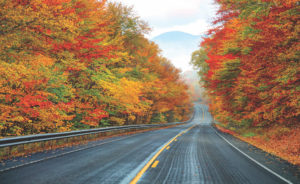
The Bavarians knew what they were doing when, back in the fall of 1810, they launched the first “Oktoberfest.”
The inaugural event was a celebration of the marriage of the crown prince of Bavaria (who later became King Louis I) to Princess Therese von Sachsen-Hildburghausen. But this was no 24-hour affair. The original Oktoberfest concluded five days later with a horse race that came to be called Theresienwiese (“Therese’s green”).
In 1811, the horse race was combined with a state agricultural fair, and by 1818 booths serving food and drink could be found everywhere. And carbonated adult beverages always were a highlight of the festivities.
By the late 20th century, those booths had evolved into large beer halls made of plywood, with interior balconies and bandstands. Today, Oktoberfest continues to thrive as an annual festival in Munich, Germany, held over a two-week period and ending on the first Sunday in October. Each of the Munich brewers erects temporary structures, with seating capacities sometimes exceeding 6,000. Clearly, this is serious fun. The autumnal celebration draws more than six million people every year, many of them tourists. This year, Oktoberfest begins on Sept. 18, and ends on Oct. 2, with a total beer consumption estimated at about two million gallons.




